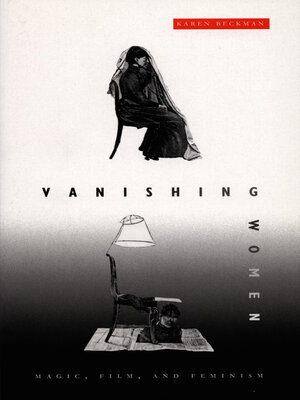
Sign up to save your library
With an OverDrive account, you can save your favorite libraries for at-a-glance information about availability. Find out more about OverDrive accounts.
Find this title in Libby, the library reading app by OverDrive.



Search for a digital library with this title
Title found at these libraries:
| Library Name | Distance |
|---|---|
| Loading... |
Drawing on cinema studies and psychoanalysis as well as the histories of magic, spiritualism, and photography, Beckman looks at particular instances of female vanishing at specific historical moments—in Victorian magic's obsessive manipulation of female and colonized bodies, spiritualist photography's search to capture traces of ghosts, the comings and goings of bodies in early cinema, and Bette Davis's multiple roles as a fading female star. As Beckman places the vanishing woman in the context of feminism's discussion of spectacle and subjectivity, she explores not only the problems, but also the political utility of this obstinate figure who hovers endlessly between visible and invisible worlds. Through her readings, Beckman argues that the visibly vanishing woman repeatedly signals the lurking presence of less immediately perceptible psychic and physical erasures, and she contends that this enigmatic figure, so ubiquitous in late-nineteenth- and twentieth-century culture, provides a new space through which to consider the relationships between visibility, gender, and agency.







